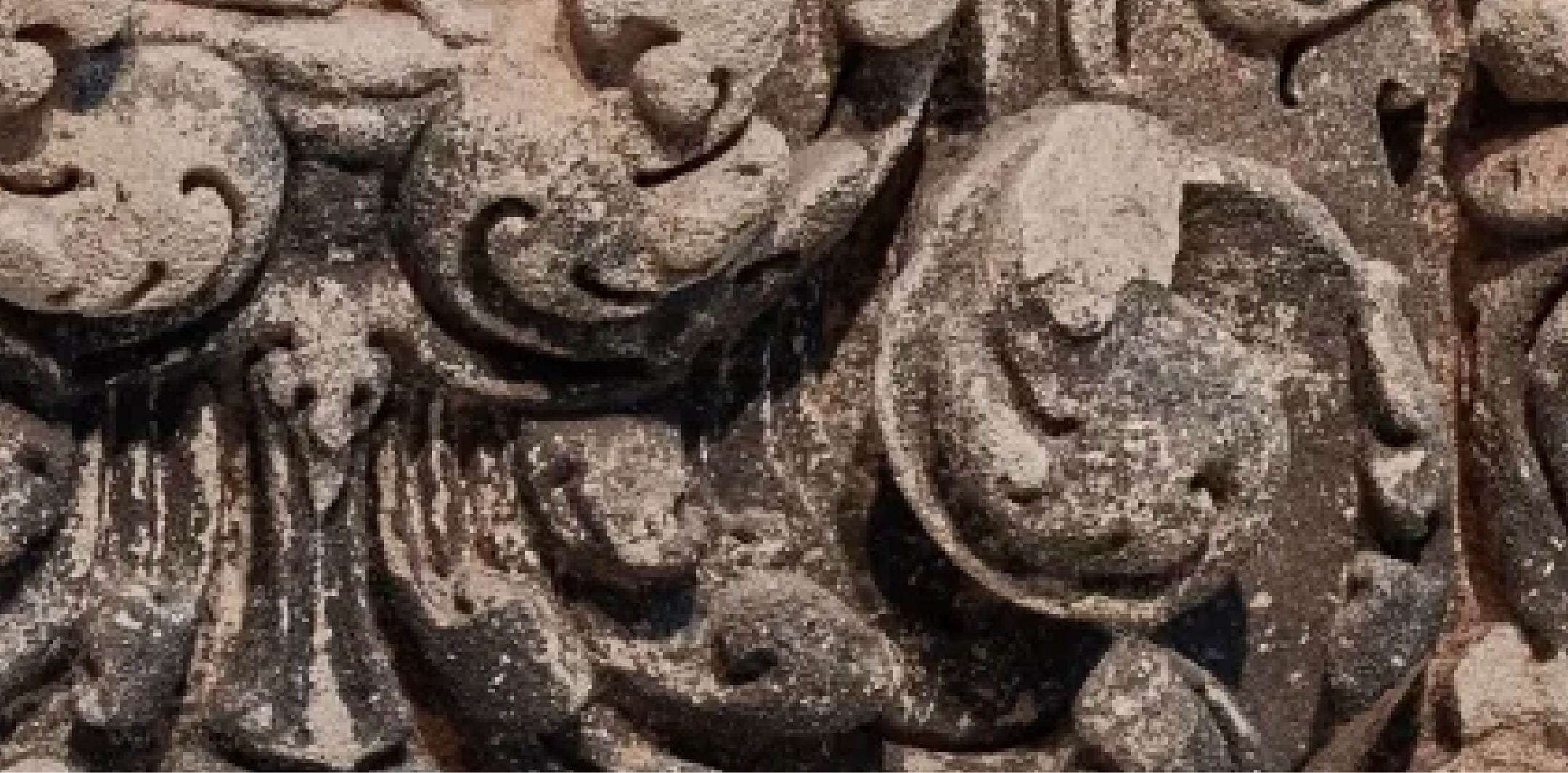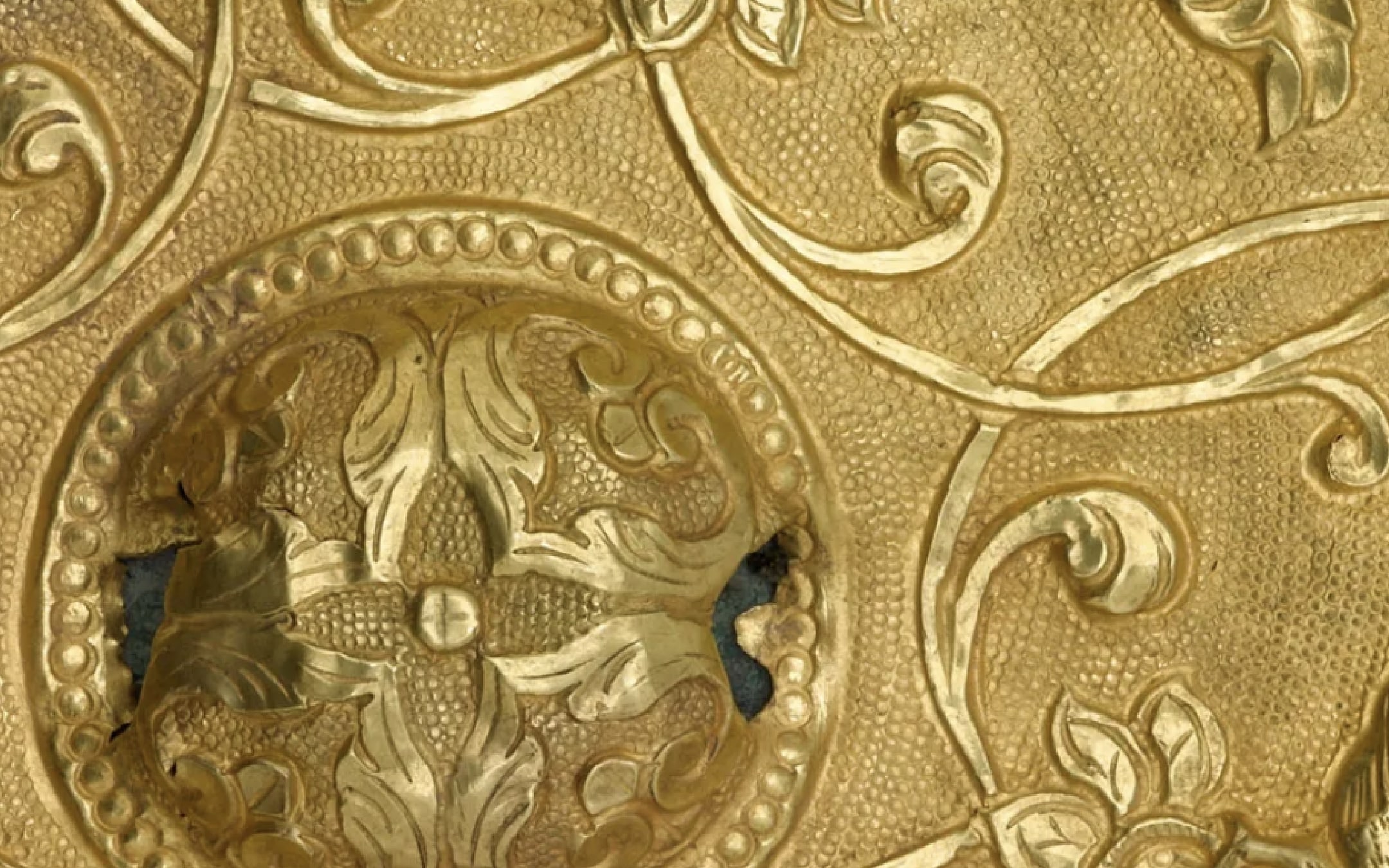Miniature jar with two holes in shoulders

Terms of Use
Usage Conditions ApplyAt A Glance
-
Period
15th-17th century -
Geography
Kalong, Chiang Rai province, Thailand -
Material
Clau -
Accession Number
FSC-P-3680 -
EDAN ID
edanmdm:fsg_FSC-P-3680
Object Details
-
Provenance
At least 1976-?Probably found by John C. Shaw (1934-2024) in Thailand [1]?-1986John R. Menke (1919-2009), gift from John C. Shaw [2]From 1986National Museum of Asian Art, Smithsonian Institution, gift of John R. Menke [3]Notes:[1] See Study Collection object card, copy in object file. Object is described as, “Pottery [/] Thailand [/] Kalong [//] Source: gift to the donor[, John R. Menke,] from John Shaw.”See also John C. Shaw, “Kalong Introduction” [webpage], http://shawcollection.com/categery.php?pid=8, October 2024. According to John C. Shaw’s website, he first visited Kalong in 1976.John C. Shaw (1934-2024) was an English-born businessman and collector of Thai ceramics, Thai lacquer wares, silver, and other objects. Shaw attended Magdalen College at Oxford University and later married Pat Kemasingki, the daughter of a high-ranking Thai army officer. Shaw and his wife became interested in ceramics when they lived in Indonesia in the early 1970's. The couple started collecting Chinese export wares, but they shifted their focus to Thai ceramics when they relocated to Thailand. Shaw lived in Chiang Mai in northern Thailand between 1976 and 2001 and collected ceramics from sites in the region. Shaw also acquired objects from dealers and collectors in Thailand. He was the author of several books on ceramics, including the most important text in English on the wares and kilns in northern Thailand, entitled “Northern Thai Ceramics” (1981). His other book, “Introducing Thai Ceramics Also Burmese and Khmer” (1987), was reprinted by Citylife Publications as “Thai Ceramics” in 2009.[2] See incoming receipt, dated April 21, 1986, copy in object file. The object was transferred from John R. Menke to the Freer Gallery of Art for acquisition consideration on April 21, 1986. Object is described as one of the “Ceramic Shards: [/] […] [/] Kalong – 5 (excluding large waster already received [now FSC-P-3675]) [/] […].”John R. Menke (1919-2009) was a nuclear physicist and a collector of Southeast Asian ceramics for over forty years. Born in New York, Menke receive a Bachelor of Science from both the School of Engineering and the School of Physics at Columbia University, New York, NY. He worked in Southeast Asia on the acquisition of uranium and formed much of his collection of Southeast Asian ceramics at that time. In 1945, he married Betty Beyer (1920-2012) and the couple had two children. Menke was also a close friend of Robert P. Griffing Jr. (1914-1979) who was the Director (1947-1963) of the Honolulu Academy of Arts (now Honolulu Museum of Art). Objects from his collection may also be found at the Metropolitan Museum of Art.See David P. Rehfuss, "Ceramic Sherds from Southeast Asia—The Freer Study Collection and its Donors," Ceramics in Mainland Southeast Asia: Collections in the Freer Gallery of Art and Arthur M. Sackler Gallery, 2008, http://SEAsianCeramics.asia.si.edu.[3] See Deed of Gift, signed by the donor, John R Menke, on December 20, 1986, and by the museum’s director on December 29, 1986, copy in object file.The object is part of the museum’s Freer Study Collection.Research updated October 11, 2024 -
Collection
Freer Study Collection -
Previous custodian or owner
John C. Shaw (1934-2024)John R. Menke (1919-2009) -
Origin
Kalong, Chiang Rai province, Thailand -
Credit Line
Gift of John Menke -
Type
Vessel -
Restrictions and Rights
Usage Conditions Apply
There are restrictions for re-using this media. For more information, visit the Smithsonian's Terms of Use page.
The information presented on this website may be revised and updated at any time as ongoing research progresses or as otherwise warranted. Pending any such revisions and updates, information on this site may be incomplete or inaccurate or may contain typographical errors. Neither the Smithsonian nor its regents, officers, employees, or agents make any representations about the accuracy, reliability, completeness, or timeliness of the information on the site. Use this site and the information provided on it subject to your own judgment. The National Museum of Asian Art welcomes information that would augment or clarify the ownership history of objects in their collections.
Keep Exploring
-
Related Resources
-
Date
-
Name
-
Place
-
Topic
-
Culture
-
Object Type

